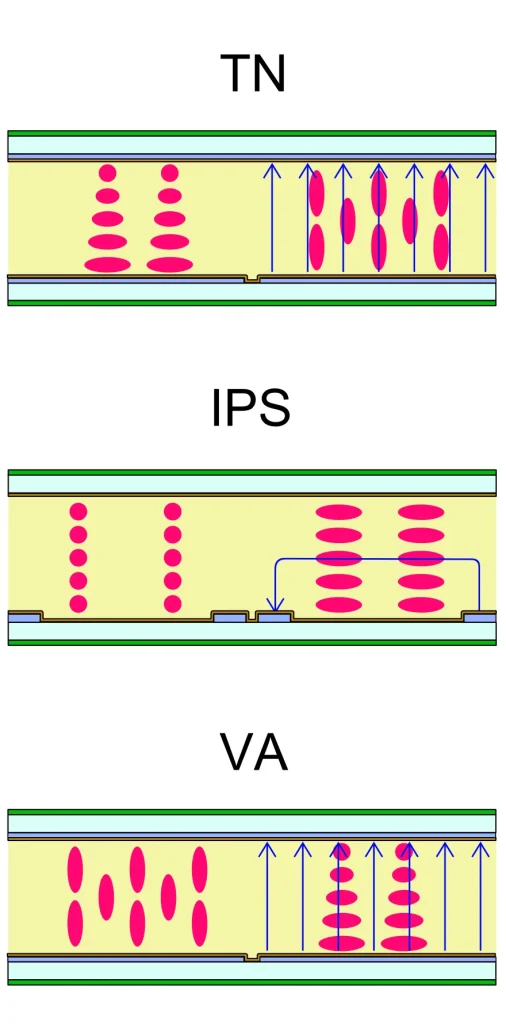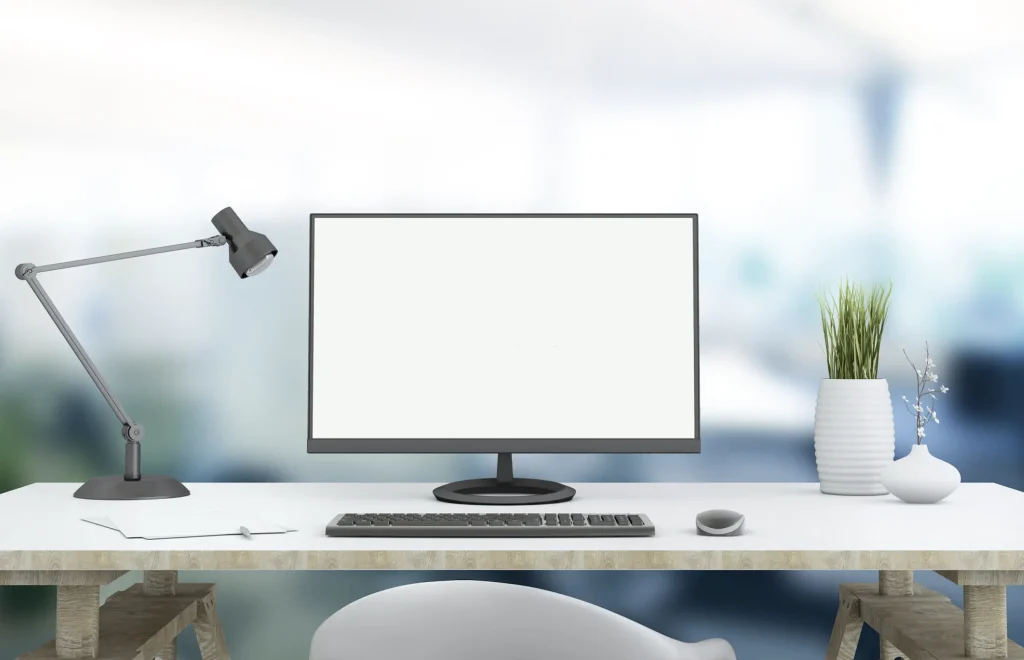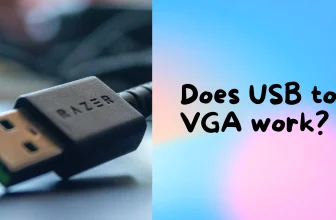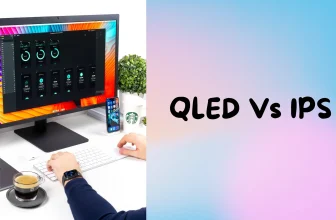Differences Between VA vs IPS: Which Display Is Better?
Different television technologies have different effects on image quality. The most recent argument is between VA vs. IPS.
Although a VA panel has a better contrast ratio, it has a restricted viewing angle. On the other hand, the IPS screen has a broad viewing angle but needs improvement on the contrast ratio.
The side-by-side comparison in this article will help you distinguish these technologies easily. You then can come up with the best choice. Let’s follow our post!
Differences Between VA Vs. IPS
The liquid crystals in a VA (Vertical Alignment) Panel stay positioned vertically or perpendicularly to the glass substrate.
When high intensity passes through the cells, the light gets blocked because the second group of cells is perpendicular to the first. It results in a state of darkness.
Rather than being perpendicular to the glass surface, the liquid crystals in IPS (In-Plane Switching) are parallel.
Moreover, the crystal structure and electrode arrangement differ from those seen in VA panels.
We’ve outlined some aspects to consider when purchasing a television and how the panels compare to each characteristic.
| Criteria | Vertical Alignment | In-Plane Switching |
| Image quality | Good | Moderate |
| Refresh rate | Maximum of 240Hz | Maximum of 360Hz |
| Response time | Moderate | Moderate |
| Viewing angle | Limited | Wide |
| Contrast ratio | 6000:1 | 1000:1 |
Image quality
The color spectrum of VA panels is the widest. You can join a realistic game experience with this powerful technology.
Furthermore, it provides superior viewing angles. As a result, even if you aren’t sitting in front of the monitor, you won’t even notice a loss in image quality.
Even while the IPS panel’s color spectrum isn’t as wide as its competitor, it performs an excellent job of displaying color variations.
Unfortunately, the viewing angle remains restricted. It would be best if you sat directly across from the monitor.

Refresh rate
The refresh rate of IPS screens is among the greatest. Whereas the 144-Hz panel is common, some of the most recent models have a rate of 360Hz.
If you’re a serious gamer, video editor, or digital artist, the maximum refresh rate available in your budget is necessary.
The refresh rate of VA panels is lower than that of the in-plane one. Most of them have a refresh rate of 120Hz. If you want a higher rate, you will pay more money. The highest refresh rate available in these panels is 240Hz.
Response time
The reaction time of in-plane switching screens is typically four milliseconds. This standard is sufficient for watching television or enjoying most video games.
However, a response time of about two milliseconds is necessary when playing racing games. Fortunately, some of the most recent panels of this type have ultra-fast refresh rates.
Vertical alignment panels are often slower, with a reaction time of 5 milliseconds. As a result, you’re more likely to experience blur. Some of the more costly panels, on the other hand, have quicker reaction times.

Viewing angle
Regarding viewing angles, IPS panels outperform their competitors by a wide margin. Even if you watch TV from an awkward angle, the image quality will not decrease.
The viewing angle of the VA screens is quite limited. To get the best visual clarity, you should sit as near the TV’s straight path as possible.

Contrast ratio
The contrast ratio is the disparity between the greatest and lowest brightness. It refers to the monitor’s ability to make dark colors look darker and brilliant colors look nicer.
In terms of contrast ratio, IPS panels work well, although they fall far short of VA screens.
The contrast ratio of an IPS display is 1000:1. The black color will become grayed out in a black setting.
VA panels have a contrast ratio of 6000:1, which is really impressive. It can make dark surroundings look even darker. As a result, you’ll appreciate the visual detail exhibited by these displays.
Final Words: What Should You Choose?
The arrangement of the liquid crystals is the primary distinction between the displays. The panels’ functionality and image quality differ due to the configuration.
The vertical alignment panels are perfect for use in the workplace or the classroom and high-end gaming. If you’re seeking a display that can manage various tasks, this option should suffice.
On the other hand, programmers, video and photo editors, and digital designers will benefit from the in-plane switching panel.
Hopefully, you will find this article helpful. Thank you for reading!
Pete is a software engineer who currently works full-time managing MarsScreen.com. On the side, he enjoys coding his own projects and spending time with his wife and two dogs. When he's not working or hanging out with family and friends, you can find him playing the guitar or running. My Instagram.






